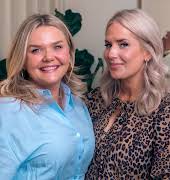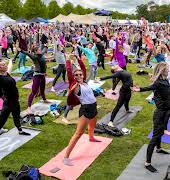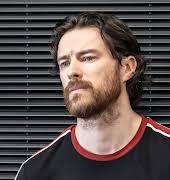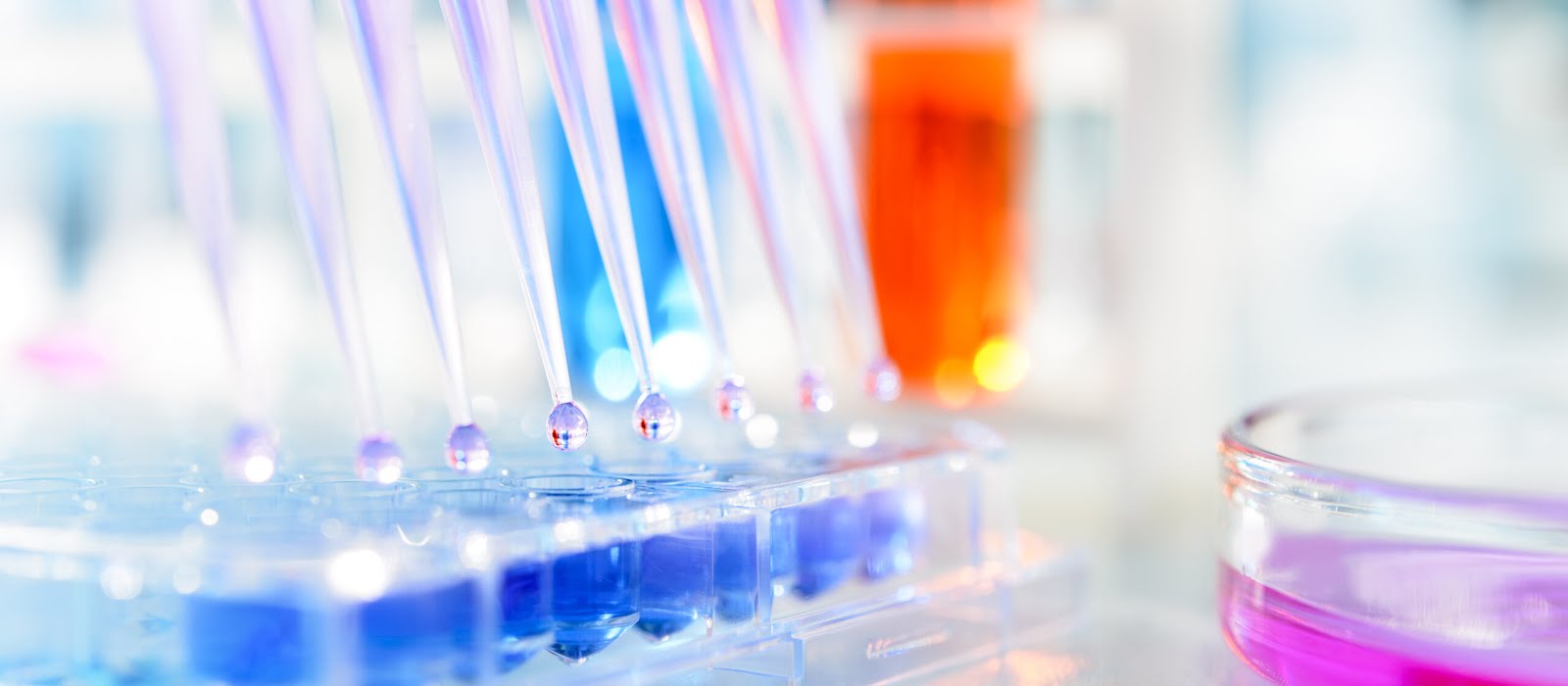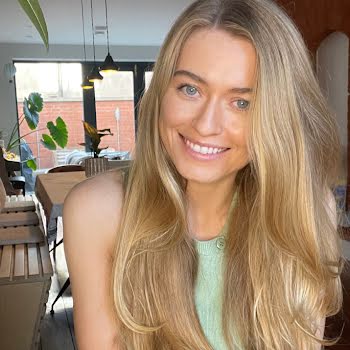
We keep searching for the perfect elixir of youth — but will we ever find it?
A decade ago we were all about botox, filler and laser, now we take a much deeper view on ageing – and living – well. Melanie Morris dips into a world where science looks backwards and forwards in a bid to find that perfect elixir of youth.
Who wants to live forever? It seems quite a few do and are willing to try anything, at any price. For the rest of us, the idea of ageing well is certainly a better option than a future of illness and infirmity, and if it brings enhanced aesthetics with it, all the better.
The world’s leading hospitals, universities and labs are busy looking to not just lengthen our lives, but to do so in a way that combines extra years with improved quality, cutting down illness and frailty. So much so, that Dr Aubrey de Grey, the world-renowned biomedical gerontologist claims the first human beings who will live to 1,000 years old have already been born. And the worlds of pharma, aesthetics, nutrition and skincare are rubbing their hands in anticipation.
Ask any enlightened doctor or aesthetician about the future of human science and they’ll point to the superpowers of stem cells as being at the root of transformational medicine and eternal youth. These are the master cells from which all other cells with specialised functions are generated. Under the right conditions in the body or a laboratory, stem cells divide to either become new stem cells, or cells with a more specific function, such as blood cells, brain cells, heart muscle cells or bone.. and hence the organism’s unique makeup, characteristics and DNA is formed.
Human, mammal, fish, berry or honey bee; all living things are formed from young stem cells that have restorative powers, giving new life to older, flagging, diseased cells – no other cell in the body has this ability. And yes, there are lots of them in the umbilical cord of the embryo and newly born, hence the controversy around stem cell science and study, and would explain the logic as to why people freeze, encapsulate, cook and ingest their newborn’s placenta. Indeed, right back in the middle ages, while knowing nothing about the science, Italian navigator Amerigo Vespucci wouldn’t head off on a long voyage without bringing a placenta as part of the ship’s medical supplies, feeding it to the exhausted, or critically ill as a form of magic elixir.
Stem cells have already been incorporated into the worlds of aesthetics and beauty, but so far in a very minor way – for instance, the vegan, all-natural brand Dr Hauschka uses apple stem cells in their Night Serum. As human or animal forms are still unregulated, much remains in the lab, but the work is ongoing.
THE FANTASTICAL
Liz Dwyer, former IMAGE beauty editor and co-founder of the Future Beauty and Health Show, is fully up to speed. “Regenerative medicine crosses into aesthetics a lot. Right now, we’re all very familiar with treatments like Intense Pulse Light (IPL) laser which obliterates skin cells; microneedling, to grow collagen; and Platelet Rich Plasma (PRP) injections, which infuse a treatment area with the patient’s own growth factors from blood extraction. Many of these treatments have their origins in sports science, but they are now boiling over into the beauty world.
“When it comes to stem cell treatments and aesthetics, it’s not as freaky as it sounds. All we need are the polynucleotides from the cells, which act like Sergeant Majors when introduced into the blood – bossing existing cells to reinvigorate them, making them stronger, healthier, more robust and more active. This is the non-genetic matter, so a stem cell is split in the lab to remove all Ribonucleic acid (RNA) so nobody is getting anyone else’ DNA. The power of Polynucleotides was actually discovered during Covid and applied as a successful treatment for long-Covid in lungs. When it comes to aesthetics these stem cell polynucleotides are proving really effective to restore hair-growth on the scalp, they are great for scar healing and are being used with fertility treatments to create a better environment in the cervix and uterus for successful pregnancies.”
How will this translate into our local salon and skin clinic? Expect to see polynucleotides appearing as an ingredient in skincare, and we’ll be asking for polynucleotides boosters in our treatments, but as Liz points out “such molecules won’t do much unless in a blood plasma environment”, so needles or acid to compromise the epidermis is needed to get those Sergeant Majors on site. “The Salmon Sperm facial is already here. It sounds far more graphic than it really is, but yes, the polynucleotides have been derived from exactly that source; extracted from the stem cell and multiplied in the lab, so that we’re left with the delivery mechanism which is then injected into the face to trigger rejuvenation.”
A lot of this science comes to us from future-looking doctors, professors and scientists, but also from a data-hungry tech and STEM community, biohackers (or “garage biologists”) keen to explore DIY ways of improving performance, health and have full control over their bodies. Some common biohacking techniques – like meditation, cold therapy and intermittent fasting – have been around forever, other biohackers use a highly technical approach to engineering their own bodies while attempting to fix their flaws and make themselves superhuman. Appealing to the billionaires and Hollywood idols keen to hold back time, Jeff Bezos is an investor in Unity Biotechnology, a company researching drugs and treatments to keep ageing at bay while Elon Musk’s Neuralink has recently implanted its first wireless brain chip into a human.
THE FUNCTIONAL
But what about the exhausted Irishwoman who just wants to make it to Friday without collapsing for the weekend? The solution is far more realistic than fantastic, according to Liz. “Really, it’s about cutting stuff out, rather than putting stuff in. We know the importance of reducing stress, getting good sleep, eating a non-processed diet and exercising, although of course it’s also far easier said than done. But if you’re spending money, go back to basics, buy a really good foam mattress, read the food labels when you’re in the supermarket, go for quality nutrient sources and stop scrolling in bed.”
“Getting a good sleep routine has been a gamechanger for me”, says personal trainer Dean Nolan. “Obviously, I’m all about fitness and movement, but I’ve recently been focusing on sleep quality and it’s made such a difference. Set yourself a routine bedtime and wake-up time and stick to it, even at weekends, don’t alter by more than an hour. Also, make sure you get outside and get natural daylight into your eyes within the first 30-60 minutes of waking, it’ll really help with setting your circadian rhythm which will help get sleep quality nailed down and give a big, big helping hand to feeling good.”
GP Sonja Bobart would agree with the importance of good quality of life. “The Irish Longitudinal Study on Ageing (TILDA) is a large-scale national study carried out from 2009 and would echo a lot of this as we go into older age. It was based on mental, physical, social and socioeconomic factors and it found that those who perceived the ageing process positively, aged better.
“And as an indicator as to how we should age, it found those with a socially active life showed decreased amounts of dementia and sickness. Social interaction also increased brain function, and – no biohacking necessary – a positive attitude actually changes our body’s cells, reducing inflammation, the root to so much chronic disease and accelerated ageing. The study also found those with creative interests, including art, dancing and gardening showed less cognitive decline. So, we are within our power to improve our life at any stage.
“Exercise and movement is so good for us. When I worked as a GP in the UK in the early 2000s, we could prescribe exercise – and gym memberships – on the NHS, which showed great insight. Interestingly, yoga has been proven to help reduce ageing through a study done on its effect on human telomeres, the DNA sequences at the end of a chromosome.” Says Dr Bobart. Telomeres wear down with age, growing shorter and triggering a slowdown in cellular prosperity so modern science is very much about keeping telomeres in their long, youthful state. “And that’s what has been found in those who practise yoga and meditation. The same practises also help lower cortisol, slow down the heart rate and reduce blood sugar levels, so in addition to any necessary medical intervention, exercise can really help us age well.”
“I think a lot of the aesthetics clinics are cottoning on to their clients are looking for more than Botox”, says Liz. “We want the full 360, and they are bringing regenerative medicine into clinics. But be careful not to lose the plot, or be vulnerable to every fad. Remember those blue zones in the world where people live long, high-quality lives without any science or intervention.” And as for the rumours about Hollywood idols taking to the extremes in pursuit of eternal youth? “Blood cleaning, urine drinking, Human Growth Hormone shots… they’ve been at it for years. But really it’s down to excellent surgeons and the powers of a good, vertical restore facelift.”
Liz Dwyer is co-founder of The Future Beauty and Health Show. @futurebeautyshow. Dr Sonja Bobart is a GP with a practice in Donnybrook, Dublin 4; @d4medgp. Dean Nolan is head coach at UN1T, Stillorgan, Co, Dublin; @un1t_dublin
What To Check In A Blood Test
A simple blood test with your GP can offer plenty of information to ensure optimal patient health. Here’s what you’re looking for…
Thyroid function
Testing Thyroid hormone TSH as well as a look at thyroid antibodies, especially if there’s a family history. The thyroid is at the root of many conditions.
Cholesterol
HDL (good cholesterol) should be around 2, LDL (‘bad’ cholesterol) should be less than 2.8. Women should pay particular focus to this as cholesterol levels increase around peri/menopause as oestrogen levels fall. Treat with exercise (150 minutes per week), Mediterranean diet and medication if necessary.
Ferritin
Especially relevant to the Irish population where haemochromatosis (an overload of iron in the blood) is historically common. This causes fatigue, aches and pains in the patient and if undiagnosed, can lead to liver impairment. Treated through venesection or phlebotomy (regular taking of approx. 500ml of blood, which can be donated)
Vitamin B12 and Folate levels
Especially with vegetarians and vegans who don’t have access to B12 in their diets. Also, those with Celiac disease, Chrohn’s, Inflammatory Bowel Disease etc, who may not be absorbing B12 and Folate efficiently.
Vitamin D
Most people living in Ireland are Vitamin D deficient through winter and need supplementation. Equally, test for Magnesium, Calcium and Phosphate in conjunction with Vitamin D levels to check healthy bone profile and/or hypothyroidism.
HBA1C
A read of blood sugar levels that measures the amount of blood sugar attached to blood’s haemoglobin. The traditional fasting blood sugar measure is a shorter snapshot, while HBA1C gives a more accurate picture as it would reflect behaviour over a period of approximately six weeks.
Also, women should remember to get their Breast Check Mammogram (free for women aged 50-69); Register for Bowel screening (free in the age bracket 59-69); And get a Dexa scan every 2-5 years to check bone health after the age of 50.
A version of this article originally appeared in the Spring 2024 issue of IMAGE.

IMAGE Summer 2024
The Summer issue of IMAGE is here, and we’re taking the longer days as an opportunity to slow down, take stock, and luxuriate in the lull that summer brings. From laid-back looks to in-depth reads, there’s everything you need to set you up for the season. Plus: * Warm-weather style * Boho is back * In studio with Irish designer Sinéad O’Dwyer * Career success stories * Growing and foraging * Women in music * Reframing divorce * Tackle your tiredness * Summer beauty favourites * Bringing the outdoors in * Irish eco escapes * Garden getaways * and so much more…
Have you thought about becoming an IMAGE subscriber? Our Print & Digital subscribers receive all four issues of IMAGE Magazine and two issues of IMAGE Interiors directly to their door along with access to all premium content on IMAGE.ie and a gorgeous welcome gift worth €142 from Skingredients. Visit here to find out more about our IMAGE subscription packages.






